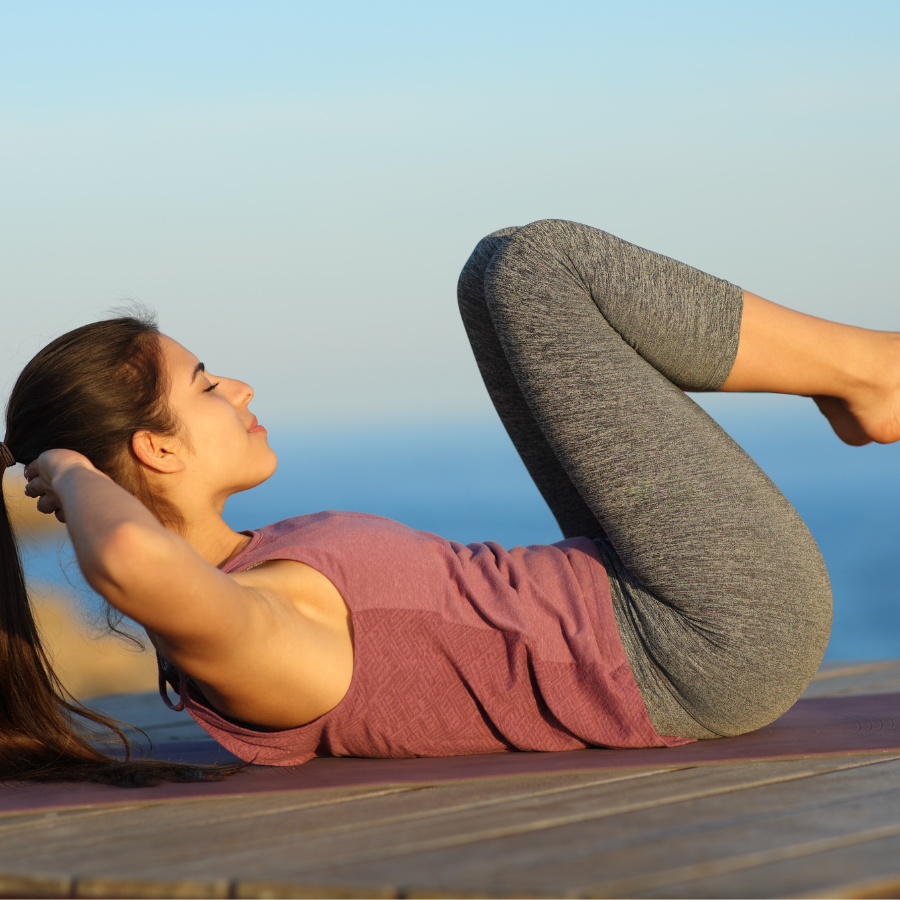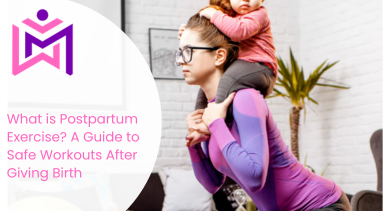
Congratulations, Mom! Your body has just performed one of nature’s most incredible tasks. Now it’s time to give it the best support as it recovers and adjusts. One way to do this is through safe and effective postpartum exercise to help strengthen and restore your body.
Taking a few minutes out of your busy schedule and paying attention to your body matters a lot. Postpartum exercise helps you to quickly restore your body.
It also provides physical and mental benefits such that either of them strengthens muscles weakened during pregnancy and childbirth.
It enhances mood by releasing endorphins and boosting energy levels that may be depleted from sleepless nights and the demands of caring for a newborn. Carefully go through the following tips to get more insights.
1. When to Start Postpartum Exercise
Many new moms may begin light activities like walking soon after giving birth, as long as they feel comfortable.
The timeline for resuming exercise can differ based on the type of delivery. For those who had a vaginal birth, light exercises can typically begin within a few days, depending on the individual’s comfort level.
In contrast, mothers who undergo a C-section usually need more time to heal due to the surgical nature of their delivery. A general guideline suggests waiting at least 6–8 weeks before engaging in more intense physical activities.
2. Benefits of Postpartum Exercise

The benefits of postpartum exercise are numerous, touching on both physical and mental aspects of recovery.
Physical Benefits
Engaging in regular exercise can significantly improve posture, which is often affected during pregnancy due to the extra weight and changes in body mechanics.
Mental Health Benefits
Beyond physical recovery, postpartum exercise is vital for mental health. Many new mothers experience mood swings, anxiety, and even postpartum depression (PPD). Exercise helps deal with such setbacks.
Exercise also promotes better sleep, which can be a significant challenge for new parents, reducing symptoms of depression and anxiety, which increases endorphin production.
Overall, the combination of physical and mental health benefits makes postpartum exercise an essential aspect of the recovery journey.
3. Types of Safe Postpartum Exercise.
Low-Impact Exercises
- Walking: One of the simplest yet most effective ways to begin is walking. It can be done at your own pace and is easy to incorporate into daily life.
- Pelvic Floor Exercises (Kegels): Strengthening the pelvic floor is crucial after childbirth, and also kegels can help regain control and improve bladder health.
- Gentle Stretching: Incorporating gentle stretches can enhance flexibility, relieve tension, and help you feel more relaxed.
Starting a postpartum exercise routine should be gradual. First, listen to your body: mild soreness is normal, but sharp pain or discomfort requires consulting a healthcare provider.
Begin with short 10-15 minute sessions, gradually increasing duration and frequency, starting with 2-3 sessions per week. As your stamina improves, you can add more challenging exercises and longer workouts, focusing on building endurance without overexertion
5. Exercises to Avoid After Giving Birth
- High-Impact Cardio: Activities like running or jumping can put too much strain on your healing body and pelvic floor.
- Heavy Lifting: Avoid lifting heavy weights or objects, as this can lead to strain on your abdominal muscles and pelvic floor.
- Intense Ab Work: Crunches and other intense abdominal exercises should be avoided until you receive clearance from your doctor, as they can place excessive strain on the abdominal wall.

Concluding Thought
By incorporating safe and enjoyable physical activities into your routine, you can foster healing and well-being. Remember, every mom’s journey is unique. Embrace exercise as part of your healing journey, focusing on your individual needs and safety.
Celebrate each small victory, and over time, you will regain strength, improve your mood, and enhance your energy, allowing you to embrace motherhood fully.


